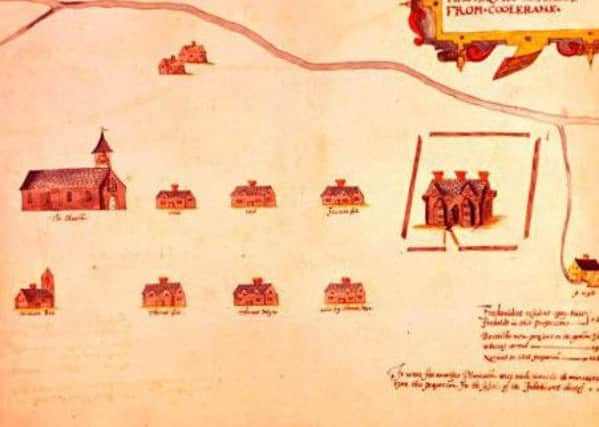Archeological dig begins in Macosquin


The week-long excavations began yesterday (Monday), and will see three trenches being excavated.
Speaking to The Times, Dr Lyttleton explained: “We have great historical archives of what Macosquin looked like 400 years ago, with drawn plans and written descriptions of Macosquin.
Advertisement
Hide AdAdvertisement
Hide Ad“No-one has looked before, so we are seeking to establish what might survive and what it will tell us about the past.”
According to the archeologist, the archives illustrate what Macosquin was intended to look like in the early 1600s, when the lands were granted to the Merchant Taylors Company, a major London-based livery guild, by James I, as part of the newly-created county of Londonderry.
He went on: “Unusually, we have a 1615 design plan for Macosquin, then a 1622 picture-map which shows what was actually built.
“The village stood on the Coleraine – Londonderry road (now by-passed), and had a much earlier Cistercian abbey, from the 13th century, at one end of the village, and a manor house at the other.
Advertisement
Hide AdAdvertisement
Hide Ad“Today, the abbey site, which survives as the Church of Ireland, is complemented by the old manse, formerly the manor house site at the other end of the village. We can join the dots and deduce where the Merchant Taylors’ tenants lived. With luck, our trenches will find their homes.”
Dr Lyttleton stressed: “This is pure research.
“We can achieve a lot in a few days, and give today’s Macosquin residents a taste of life 400 years ago.”